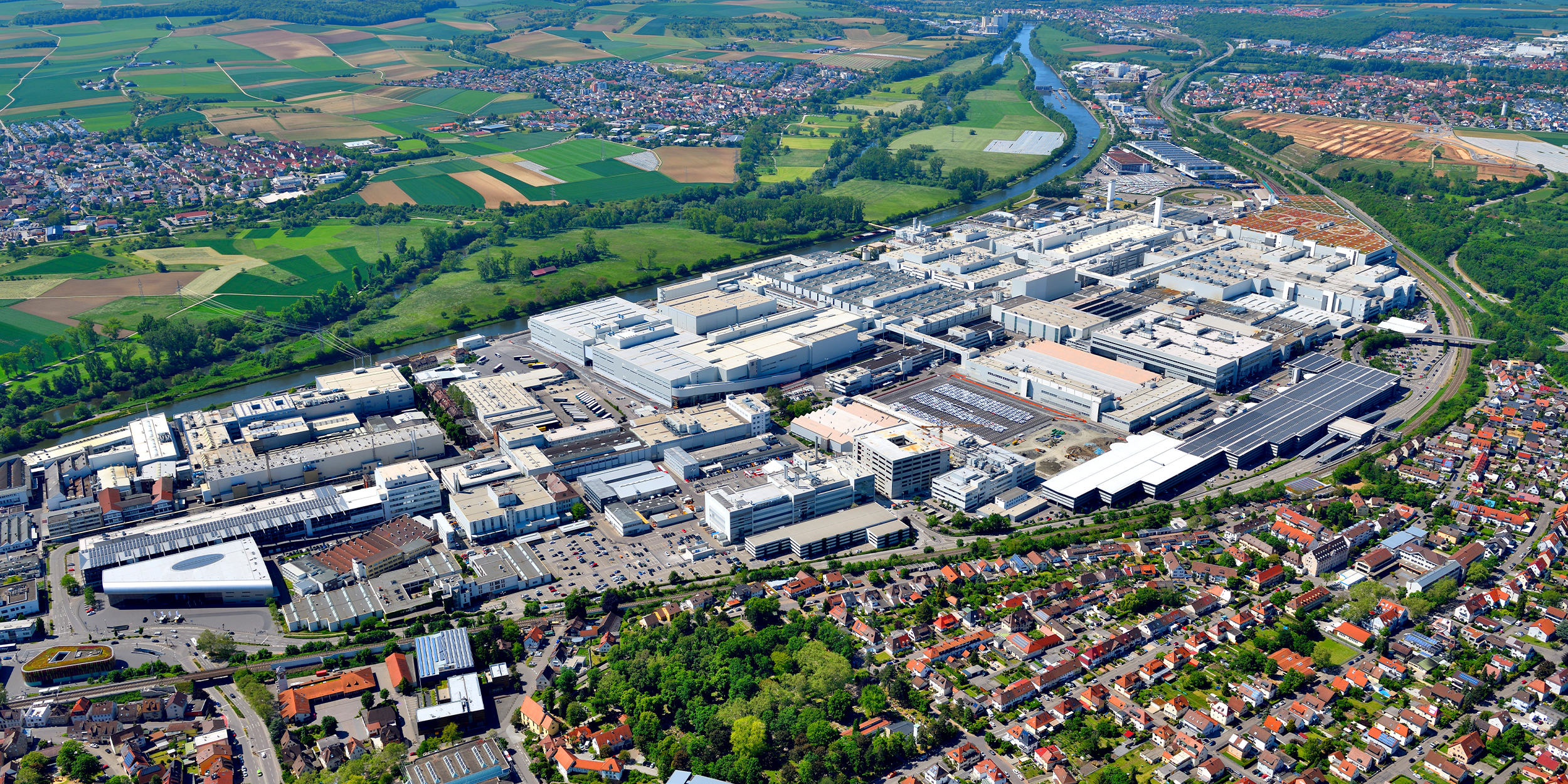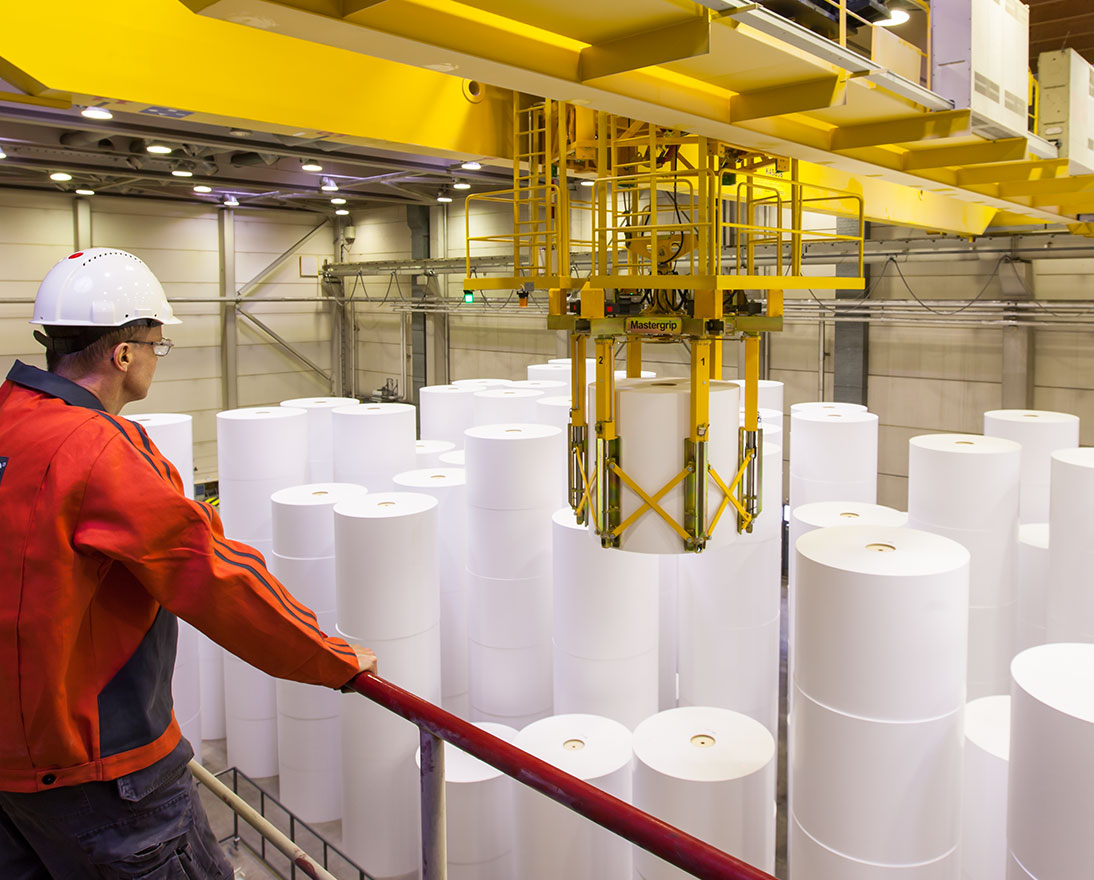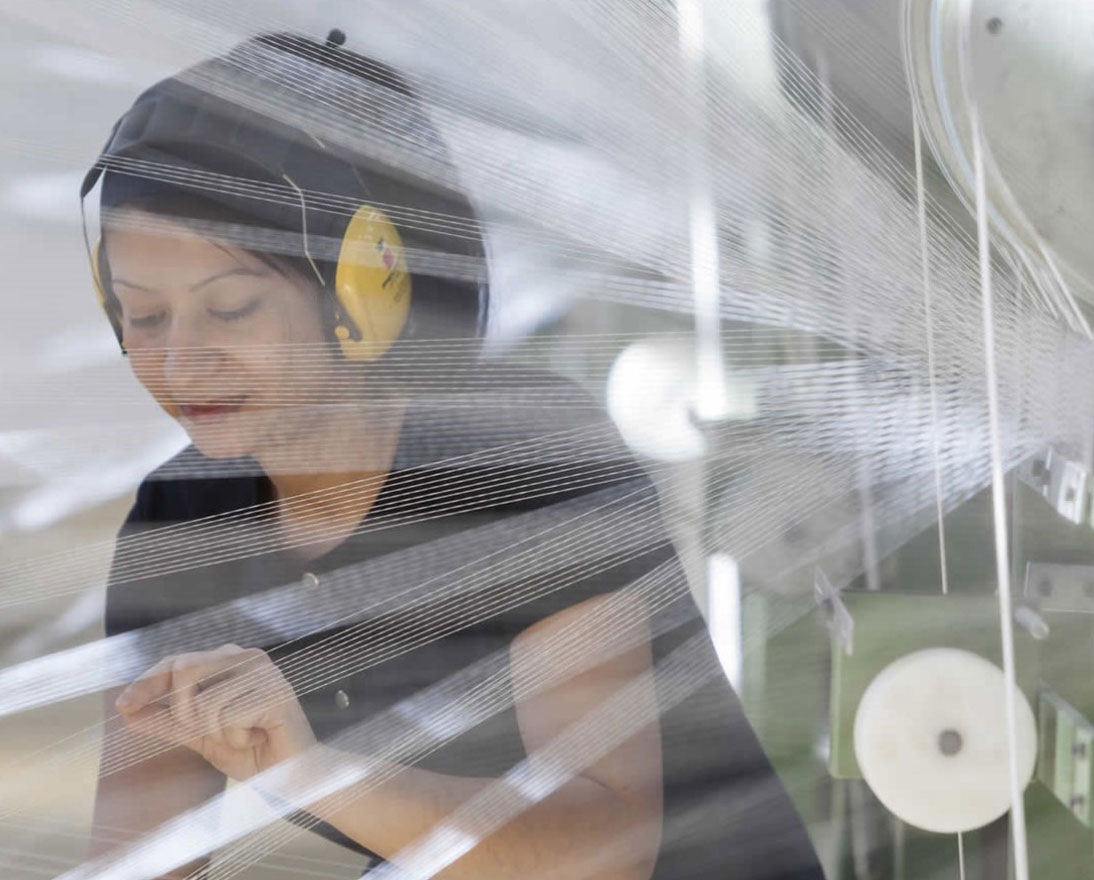Staying afloat during floods: helping AUDI AG (Volkswagen Group)
Natural hazardsArticleNovember 29, 20214 min read
A raft of innovative flood resilience measures at an AUDI AG (Volkswagen Group) plant in Neckarsulm, Germany, are helping the auto giant keep production afloat through various extreme weather scenarios.
In May 2016, torrential rainstorms across Europe saw several weeks’ worth of water fall within just a few hours, causing rivers to burst their banks and wreak havoc across the continent.
In the south-western German state of Baden-Wuerttemberg, the city of Neckarsulm experienced a downpour that saw seasonal streams overflow on a production plant of Zurich customer Audi AG (Volkswagen Group), resulting in severe flooding that halted production.
“The rain was so intense it caused three tiny streams around the site to flood” explains Amar Rahman, Global Head, Climate Resilience Services at Zurich Resilience Solutions, Commercial Insurance. “The water then eroded a train embankment across the street from the plant, causing mud and water to pour into the ground floor and basement, damaging equipment and the building’s infrastructure.”
Enhancing resilience for the future
With events like these becoming increasingly regular - possibly driven by the effects of climate change - AUDI AG (Volkswagen Group) decided to embark on a journey to learn and improve its flood resilience. This meant putting several new measures in place that would not only protect their plant from flash floods, but also protect their employees and the surrounding community.
“One of the big actions the customer took was to start using inflatable water-filled barriers in and around the site,” says Amar. “This allowed them to safely divert floodwater away from the factory and local community and into above- and underground drainage channels, without increasing risk to adjacent property.”
A great idea, but one that requires a huge amount of planning to pull off. “First, you have to identify a route to divert floodwater along,” explains Amar. “Then, because the water-filled barriers are so heavy, you need to specially prepare the ground, so they don’t sink into the soil when deployed. You also need to define how to mobilize the barriers efficiently, how to quickly source the water needed to fill them and of course, that the risk to the local community isn’t increased due to the protection measures.”
However, this covered just one aspect of the actions taken by AUDI AG (Volkswagen Group). Ultimately, the automobile manufacturer collaborated with many different private companies and public authorities to plan, design and deploy enhanced flood resilience measures.
“Stream and rail embankments were strengthened, two additional flood retention ponds were created, a new early warning system was developed and flood exercises of the plant fire brigade together with public fire brigades were performed,” described Ralf Albers, from the German Risk Engineering team, who has been working with Zurich for 17 years and is the Volkswagen Account Engineer.
“This saw AUDI AG (Volkswagen Group) work closely with government officials, specialist engineers, local emergency services and landowners, and of course Zurich. In the end, the plant and surrounding community of Neckarsulm was made safer.”
Turning back the tide
This sounds like a great story – but is it true? A test came earlier this year when heavy rainfalls hit the Neckarsulm plant in the evening of 07 June 2021.
“The flood resilience measures to prevent an incident similar to 2016 performed well,” said Selime Keller from Zurich Germany’s Underwriting team who has been working with the customer since 2016. “When the rain started to fall, the new early warning system allowed the customer to alert the local emergency services and together, they worked quickly to construct the inflatable barriers. These, along with the strengthened stream and rail embankments, as well as with new and existing retention basins along the Sulm prevented the site from surface flooding.
Weather events, such as most recently the storm ‘Bernd’, which swept across Europe leaving a trail of destruction in its path, also demonstrate the need to continuously assess risks and the protection measures in place.
“Damage to the site was minimal, with water entry to the plant’s buildings coming from overflowing sewage systems, roof drainage and light wells,” said Selime. “Together with Volkswagen Insurance Brokers, we’re now looking at how we can transfer lessons learned and risk insights to other locations across the Volkswagen Group.
That’s what it means to have a long-term relationship with a customer: whatever impacts them, impacts us and we’re committed to supporting each other now and into the future.”



